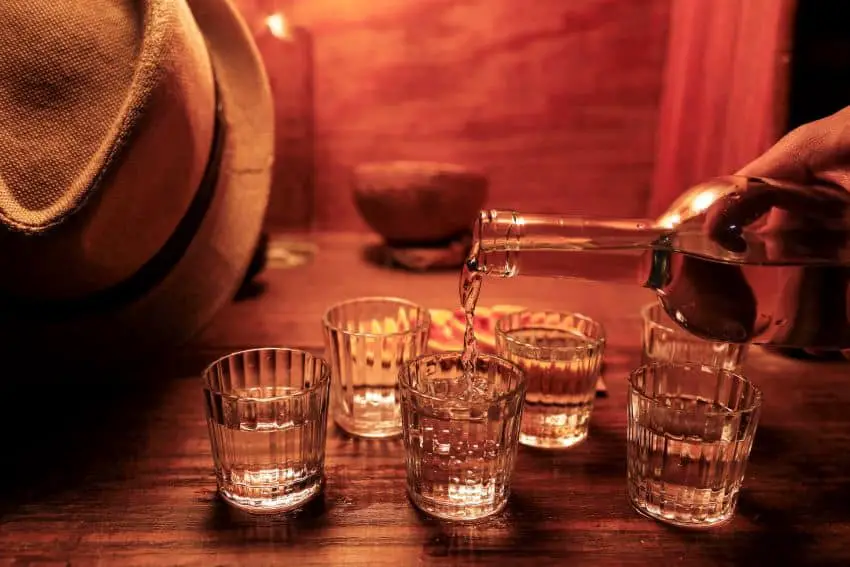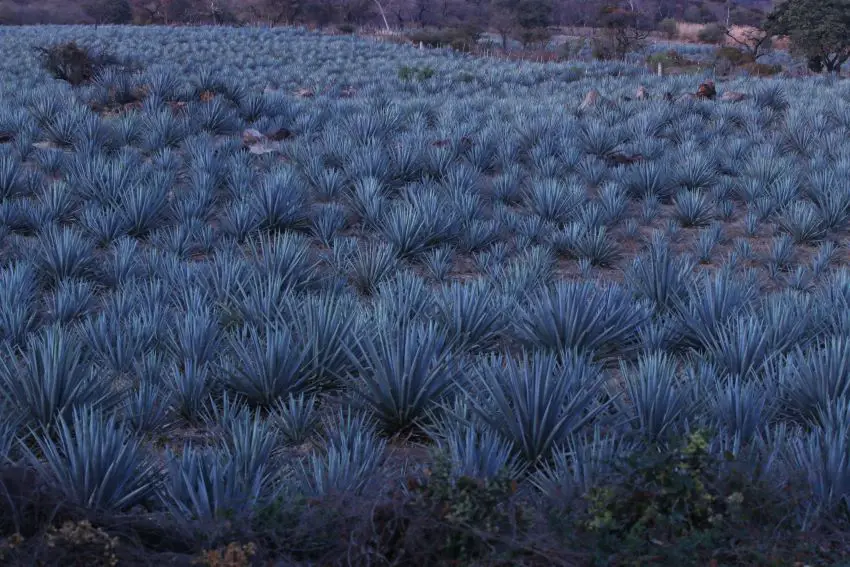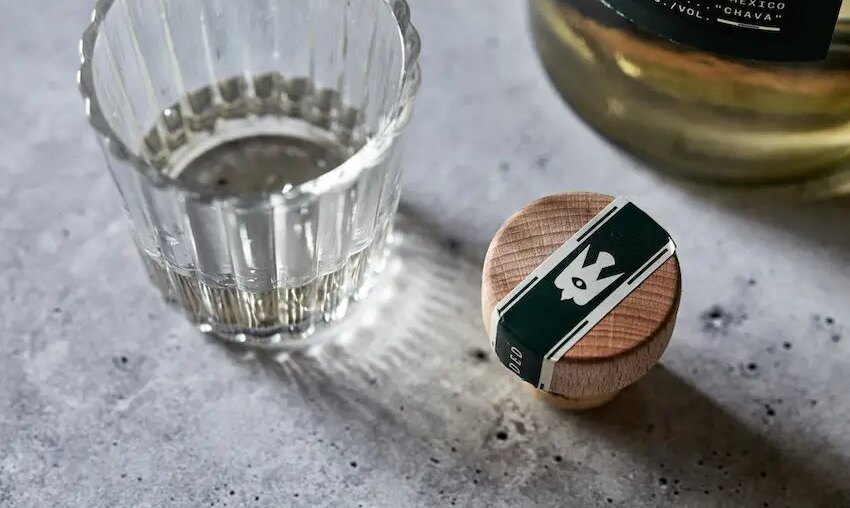This week’s taste of Mexico, mezcal, can be summed up with a classic idiom: “Para todo mal, mezcal; para todo bien, también; y si no hay remedio, litro y medio.”
“For everything bad, mezcal; for everything good, mezcal too; and if there’s no remedy, a liter and a half”


Here at Taste of Mexico, we believe that understanding the history and production process of an ingredient, dish, or drink can enhance your appreciation for it. This was certainly the case for me with mezcal.
My first experiences with mezcal were terrible. Around 10 years ago, mezcal became very popular in Mexico City’s nightlife, and mezcalerías started popping up everywhere, like La Botica which is still open today.
I used to order mezcal due to peer pressure, but honestly, I hated it. I initially found the strong and unpleasant taste of pure alcohol overwhelming, not to mention how much I disliked the bitter aftertaste. My friends insisted it was delicious, and I began to question their taste buds. As it turns out, we were simply drinking low-quality mezcal.
Years later, I was taken to the best mezcal bar, a now defunct speakeasy called Salvajes. They only served mezcal and beer, and the music was spectacular. Someone treated me to a mezcal, and I was blown away by its sweet, smooth, and pleasantly smoky flavor. I asked about the place, and they said, “Ah, güey, El Tigre (the owner) has the best bottles of mezcal.” Who was this Tigre guy, where did he get these mezcals, and what was going on?
The first time I met El Tigre at his new place, he served us a tiny bit of mezcal in the smallest glass in the world from a beautiful bottle. “This is a punta of [a variety I don’t remember], try it,” he said. It was the most flavor packed sip I’d ever had. El Tigre explained what “puntas” were and why they had such an intense taste, and I realized I was completely ignorant about mezcal. I also thought maybe I should hang out more with my new friend El Tigre and start getting into the many intricacies of the mezcal world.
What is mezcal?
El Tigre gave me the most poetic definition: “It’s the juice of the earth.” Mezcal is a distilled spirit made from agave. It maintains much of the artisanal and ancestral process that has been used for hundreds of years. The agave is cooked in underground ovens, similar to a barbecue, and then crushed manually to extract the juices. These juices are collected in fermentation vats and patiently left to ferment with care. The name “mezcal” comes from the agave cooking process. It is the Spanish adaptation of “mexcalli,” a Nahuatl word meaning cooked maguey.
Mezcal Varieties


Think of mezcal like wine. Just as there are different types of grapes, there are different types of agaves. There are around 150 varieties of agave in Mexico, but only a few are used to make mezcal, such as Espadín and Tobalá. There’s also Cuishe, Madre Cuishe, Mexicano, and four types of Cupreata: Barranca, Gutiérrez, Vieyra, and Salinas. Other varieties include Mexicano, Tepesstate, Chuparosa, and Belatobe.
Just like wine, each of these varieties has different flavors. And yes, I think you have to start trying them all to find out which one is your favorite.
Origins and Myths
Like many alcoholic beverages, mezcal is shrouded in legend. One of the most popular suggests that mezcal was a gift from the gods to bring happiness to humanity. Weren’t they the best?
Another theory proposes that a lightning bolt struck an agave plant, naturally cooking it, allowing ancient inhabitants to discover the taste of an early form of mezcal.
How do you know you’re drinking good mezcal?
I asked El Tigre how I could tell if I was drinking good mezcal, and his answer was straightforward: by tasting it. But that doesn’t mean ending up like a fumigated spider at your favorite mezcaleria. There’s a proper way of tasting it.
Dip a couple of clean fingers into your mezcal glass. Rub your hands together, and bring your palms to your nose. You should be able to smell all the aromas of the agave and the ingredients used in the fermentation process, like fruits, chilies, woods, or spices.
Then take the first sip; you won’t detect much. Until the third mini sip, you will start getting all the notes.
How should you drink it?
“Like your partner, with little kisses,” El Tigre advised us. When it comes to mezcal, taking shots is absolutely forbidden. Considering its high alcohol content, it’s best to have just a few glasses and not the whole bottle.
In some places, they may offer you an orange slice with chili powder to go with your mezcal. It’s best to decline if you’re enjoying a good mezcal, as the orange flavor can overpower your palate and you won’t fully experience the taste.
And always remember, drink responsibly, amigos. Salud!
María Meléndez is a Mexico City food blogger and influencer.

